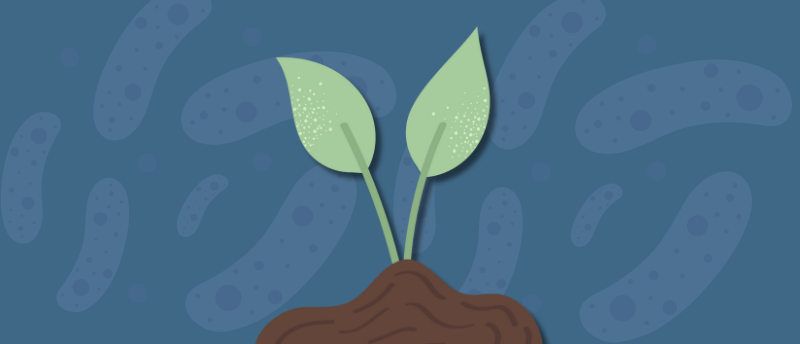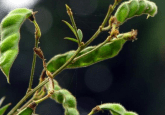Unlocking the potential of plant growth-promoting bacteria for agricultural applications

A single loading platform for plant growth-promoting bacteria and other active ingredients has been developed.
A team of researchers from North Carolina State University (NC, USA) has developed a technique for preparing plant growth-promoting bacteria (PGPB)-based formulations that can be stored and applied to improve plant growth and protect against pathogens. This technique offers the promise of a single loading platform for multiple active ingredients to be delivered to plants sustainably, reducing labor and application costs.
With a rapidly increasing world population and inconsistent climate patterns, severe pressure is being put on agricultural resources, forcing current agricultural yields to rely heavily on synthetic pesticides and fertilizers. When looking for more sustainable agricultural practices, PGPB have great potential. Previously, they have been proposed as biofertilizers, biopesticides and biocontrol agents due to their abilities to improve plant yield, protect against pests and pathogens, and help plants extract nutrients from their surroundings, without affecting the soil or environment.
Despite these advantages, PGPB are widely underutilized in the bio-based agroindustry. This is because developing compatible formulation options that maintain viable cell quantities of the fragile PGPB on their own and in combination with agrochemicals is a significant challenge.
 New method for detecting ‘forever chemicals’ in birds
New method for detecting ‘forever chemicals’ in birds
The Total Oxidizable Precursor assay has identified higher levels of PFAS in birds than previously recorded.
Previous studies have shown the potential of Pickering emulsions – which use solid colloids for stabilization instead of surfactants – as loading platforms for agrochemicals, growth promoting phytohormones or spore- or conidia-producing PGPB, offering an option for developing sustainable formulations.
Considering this potential, the researchers developed a technique for integrating PGPB into a cellulose acetate-stabilized Pickering emulsion to create a multi-spectrum loading platform for the concurrent delivery of PGPB and agrochemicals to plants.
The emulsion is composed of two parts, one consisting of a saline solution containing PGPB, and the other consisting of a biodegradable oil and a biodegradable polymer derived from cellulose – which can be loaded with agrochemicals. The two parts are then mixed, distributing the oil throughout the saline solution.
The emulsion served as a viable formulation platform for PGPB, which the researchers demonstrated using Pseudomonas simiae and Azospirillum brasilense. These PGPB act as a biopesticide and biofertilizer, respectively. After four weeks, the researchers compared the survival of the bacteria in the emulsion to their survival in the saline solution alone. They found that the populations of P. simiae and A. brasilense were 200% and 500% higher, respectively, in the emulsion than in the saline, demonstrating that the emulsion supports PGPB cell viability.
Next, they investigated the function of fluopyram, a model pesticide, when it was incorporated into the emulsion compared to the saline solution. They then exposed nematodes, model pests, to both the pesticide-incorporated saline solution and emulsion. “Not surprisingly, the pesticide in saline solution killed the pest very quickly – all of the pests were killed within an hour. The emulsion worked more gradually, killing 95% of the pests within 72 hours,” remarked co-author Mariam Sohail.
“Ultimately, we found our technique allows us to incorporate multiple active ingredients into a single delivery system and allows the PGPBs to survive and thrive,” concluded Sohail. The next steps will involve greenhouse testing and microplots, as well as evaluating other PGPB and agrochemicals.



